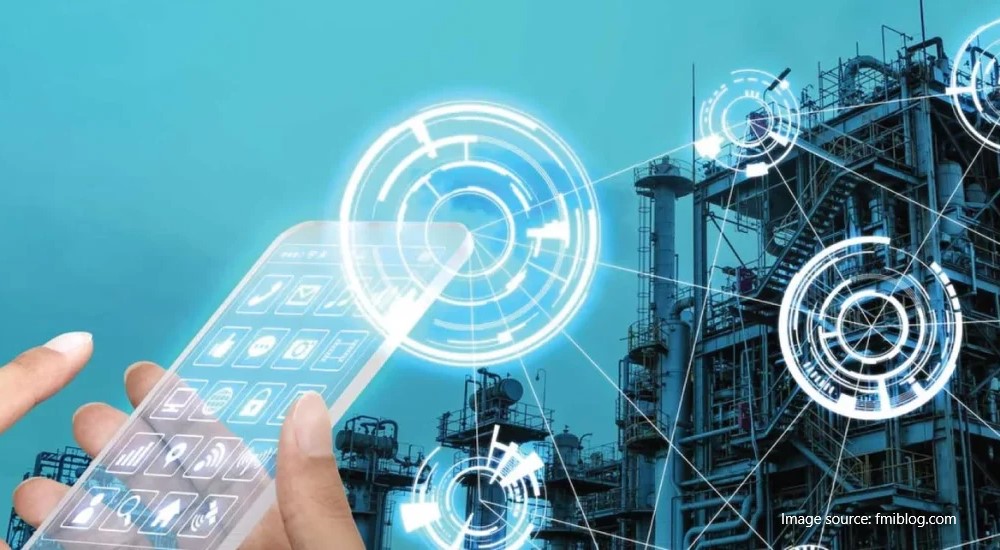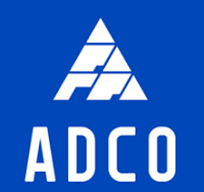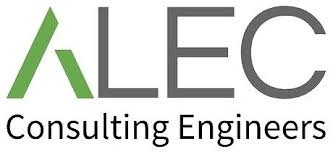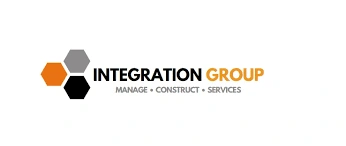
The construction industry is witnessing a technological revolution with the advent of Building Information Modelling (BIM) combined with remote construction market technology. This synergy is not only enhancing the efficiency and productivity of construction projects but also paving the way for smarter, safer, and more sustainable building practices. Let’s delve into how BIM is shaping the remote construction landscape and revolutionizing the industry.
Understanding BIM and Its Role in Construction
Building Information Modelling (BIM) is a digital representation of the physical and functional characteristics of a facility. It serves as a comprehensive database for information related to a construction project, encompassing everything from design and construction to operation and maintenance. BIM enables all stakeholders, including architects, engineers, contractors, and owners, to collaborate seamlessly throughout the project lifecycle.
The Rise of Remote Construction Technology
Remote construction technology involves tools and systems that facilitate the execution and management of construction projects from a distance. This includes the use of IoT devices, drones, AI, and advanced software platforms that provide real-time data and remote access to project sites. When combined with BIM, these technologies create a powerful ecosystem for modern construction management.
The Intersection of BIM and Remote Construction Technology
1. Enhanced Collaboration and Communication: BIM provides a centralized platform where all project data is stored and accessed by stakeholders. When integrated with remote construction technology, it allows for real-time collaboration and communication, irrespective of geographic location. Project managers can oversee progress, resolve issues, and make informed decisions from anywhere, ensuring that all team members are on the same page.
2. Real-time Data Integration: IoT devices and sensors embedded in construction sites can collect real-time data on various parameters such as structural integrity, temperature, and equipment performance. This data can be fed into the BIM model, providing an up-to-date and accurate representation of the project. This real-time integration helps in proactive decision-making and efficient project management.
3. Improved Visualization and Planning: Drones and UAVs capture high-resolution images and videos of construction sites, which can be integrated into the BIM model. This integration offers enhanced visualization of the project, allowing stakeholders to conduct virtual walkthroughs, identify potential issues, and plan accordingly. AR and VR technologies further enhance this experience by providing immersive views of the project, facilitating better planning and coordination.
4. Predictive Analytics and AI: AI and machine learning algorithms can analyse the vast amount of data generated by BIM and remote sensors to predict project outcomes, optimize schedules, and enhance resource management. For instance, AI can identify patterns in the data to forecast potential delays or cost overruns, allowing project managers to take preventive measures.
Benefits of Integrating BIM with Remote Construction Technology
1. Increased Efficiency: The combination of BIM and remote construction technology streamlines project workflows, reduces manual errors, and ensures that all stakeholders have access to the latest information. This leads to faster project completion times and reduced costs.
2. Enhanced Quality and Safety: Continuous monitoring through IoT sensors and drones ensures that any issues are detected and addressed promptly. BIM’s detailed documentation and real-time updates help maintain high-quality standards and improve safety by identifying and mitigating risks.
3. Sustainability: BIM’s ability to optimize resource usage, combined with real-time data from remote sensors, contributes to more sustainable construction practices. This includes reducing material waste, improving energy efficiency, and minimizing the environmental impact of construction activities.
4. Cost Savings: By enhancing efficiency, quality, and safety, the integration of BIM and remote construction technology leads to significant cost savings. Reduced rework, optimized resource allocation, and timely project completion all contribute to lowering overall project costs.
Looking forward, the future of BIM in remote construction technology is promising. Advances in AI, IoT, and 5G connectivity will further enhance the capabilities of these systems, making them more accessible and efficient. The integration of BIM with remote construction market technology is revolutionizing the construction industry. This powerful combination enhances collaboration, improves efficiency, ensures quality, and promotes sustainability, promising a future where construction is smarter, safer, and more efficient. As the industry continues to embrace and innovate with these technologies, we are on the brink of a new era in construction management and execution.
Draftech – Your Project, Our Expertise
Testimonials
Thank you for all your efforts on our projects; they have been an invaluable contribution to their success. We look forward to working with you on future projects.
Ian Ferguson MPM Group
Jess and Karl at Draftech were amazing. The communication from the start was prompt, and the entire process was extremely easy. We needed their knowledge on Air Schematics, and they had made one up for our buildings that we service. Thanks so much, and we will be using you guys in the future. Cheers, Air Control Australia.
Greg Colebrook AirControl Australia
With Draftech’s thorough understanding of building services modelling and close attention to detail, Forth has been afforded the opportunity to outsource some of our BIM projects with absolute confidence in the accuracy of the final product.
Gary Murdoch Forth Consulting
Very professional and efficient organization. Delivered a great product to a tight deadline.
ACE Power
Karl and the team are very professional and have a vast knowledge of BIM coordination.
Dwayne Willaims Babinda Electrics
We had multiple large projects with tight deadlines and needed a company we could trust. The teams delivery, attention to detail and understanding of what is being designed is always executed to a high standard.
Martin O’Donovan Envar Engineers
Draftech offered a flexible and reliable approach to working collaboratively with our team. They met our expectations and quality requirements and also offered up new ideas.
Draftech have proven to be a valuable and trustworthy resource and we will continue to work with Draftech on other projects.
Simon Marsden Umow Lai
Draftech is different from others in the professionalism and features they provide.
The ability to walk through projects in real time online provides invaluable insight into problem areas and helps provide an efficient resolution on the spot without many phone calls, emails and the necessity for us to paw through countless drawings to understand the issues.
Todd Morris Manager - Air mech
Draftech were put forward to FIP Electrical as the solution to Coordinate, Model, carry out clash detection, provide Electrical Services Shop Drawings, as built documentation and completed electrical model.
Simon Thorpe FIP Electrical
In close collaboration Draftech set up all our systems and model deliverables. In this process Draftech have proven to be a valuable resource for us and demonstrated commitment, understanding and professionalism.
David Skelley DJCoalition
Draftech’s attention to detail and proactive nature throughout the project assisted us in identifying issues before becoming evident on site, saving us both time and unexpected costs.
Matt Payne PJM Engineering Services
They delivered very high quality Revit models and associated 2D documentation at key milestones, working to a tight budget and in strict accordance with the Architects’ BIM requirements.
Peter Thomas Geoff Hesford
We found Draftech’s work to be of high standard and the team delivered exactly as agreed, in fact, when we considered the project complete, Draftech put further resources into the project as they were not satisfied.
John Johnson Beca
Engaging Draftech during design gave us the tools to make smart decisions.
Hansen Yuncken Design Manager - Michael Harkins
The drafting service is timely, reliable and fit for purpose for the built environment.
Peter Harvey Harvey Industries
Draftech stands apart from other drafting services that we have previously used in their attention to detail and ability to adapt to the individual client’s requirements.
Doug Holt McCaig Aircon
I can confidently recommend Draftech as a solid and reliable supplier, and experts in their field. I look forward to working with them again in the near future.
Chris Behan Norman Disney & Young
After seeing the benefits Draftech provided us on the Townsville Hospital Redevelopment we have set up a relationship with Draftech and intend to continue to use their BIM knowledge and skills for our future projects.
Brad Lund Energy Power Systems
Draftech has no competition as they are in a class of their own.
John Boyes Babinda Electrics
Draftech Developments Drafting and Design Capabilities, in conjunction with their outstanding level of Client service and support has provided great solutions to our engineering and Drafting Design portions within our Gorgon Barrow Island Project.
Aaron Hazelton Applied Electro Systems Pty Ltd
Draftech set up necessary systems and workflows very quickly, but also setup auditable estimating and weekly cost tracking processes that we utilised, requiring little maintenance.
TOM PURDON MPM GROUP
































